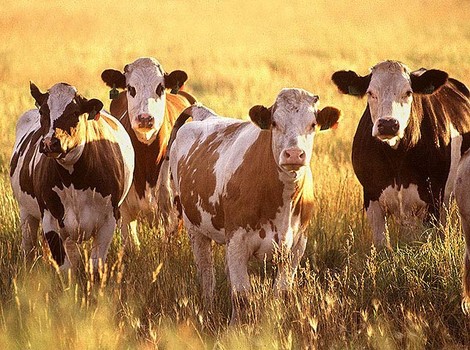A reproductive disease of cattle that can be economically devastating for ranchers has been diagnosed in three South Dakota cattle herds. Bovine trichomoniasis, or trich, has recently been diagnosed in two Oglala Lakota county cattle herds and one herd that operates in Corson and Ziebach counties.

Trichomonas foetus is transmitted between cows and bulls during breeding, and can result in early term abortions. Producers are often unaware of the problem until the disease is well established in the herd. Signs that the disease may be present in a herd include a high number of open cows, cows showing signs of heat when they should be pregnant, and the presence of many late-calving cows.
Steps producers can take to help prevent their herd from becoming infected include: First, only purchase and use virgin bulls for breeding, if non-virgin bulls will be used they must be tested negative for Trichomonas foetus prior to breeding. Timely pregnancy testing of females and prompt removal of open cows to be sold for feeding and slaughter will also decrease the risk of disease spread. Finally, maintain good border fencing to help keep livestock in their respective pastures and avoid unintentional commingling of animals.
In cooperation with the cattle industry the South Dakota Animal Industry Board has implemented rules in an effort to help prevent trichomoniasis in cattle:
1. Prior to being sold, loaned or leased in South Dakota for breeding purposes any non-virgin bull must be tested negative for trichomoniasis;
2. Any non-virgin bull entering South Dakota must be tested negative for trichomoniasis;
3. No non-virgin and non-pregnant female cattle may be imported, loaned, leased nor acquired for breeding purposes in South Dakota.


Thoughtful writing . I am thankful for the insight . Does someone know where my business would be able to get ahold of a fillable a form copy to use ?